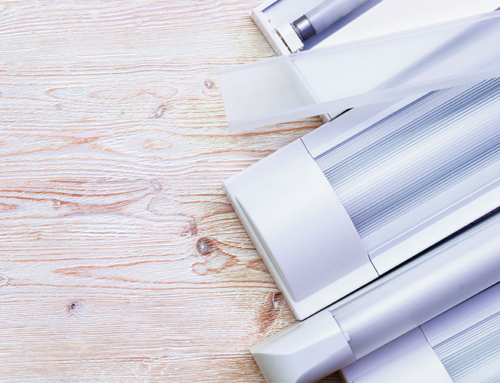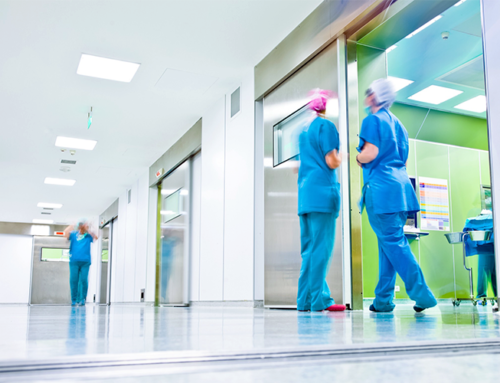
The staff at Energy Performance Lighting can provide a laundry list of benefits for an energy efficient lighting system, but when contemplating a lighting retrofit project, typically the first thing that comes to mind is project cost. Expenses for lighting retrofits can vary wildly depending on the size and scope of work for the project; however, on top of appreciating the huge energy savings you’ll experience after making the switch, you’ll be happy to learn that there’s even more money you can save by taking advantage of energy efficient lighting rebates and energy efficient grants.
Many of the products used by EPL are eligible for rebates from utility companies, including basic LED lighting rebates and government rebates for commercial LED lighting. The best part is that it’s just as good as it sounds – your utility company wants to give you money to save electricity, and we want to help you as much as we can in that process.
Rebates for Upgrading to Energy Efficient Lighting
Curious if your project qualifies for a rebate? There are many factors that can depend on. The first step is to talk with your local electric utility company to see what they can offer for your lighting retrofit or other energy efficient project. The rebates they provide can influence your purchasing decisions, so it’s important to know early in the process what kind of savings are available to you. One added bonus, is utilities’ incentive programs are somewhat insulated from politics and are less likely to change with an election.
The Database of State Incentives for Renewables and Efficiency is an online resource with comprehensive information on incentives and policies that support energy efficient upgrades in the United States.
Some of the lighting certifications that often qualify for rebates are Design Light Consortium (DLC) and Energy Star products. Purchasing products with those certifications should be seen as a great first step, and can help you get LEED (Leadership in Energy and Environmental Design) certified, which is a good way to access even more lighting rebate programs in the future.
Energy Star, which is a government program managed by the Environmental Protection Agency and the Department of Energy, also offers a Rebate Finder that allows you to search for incentives by zip code and product type. As an additional resource, the U.S. Department of Energy maintains a list of tax credits, rebates, and other savings available for a variety of green technologies, including an extensive list for LED lighting projects.
If the rebate process has you confused, don’t worry. The Energy Performance Lighting team of certified lighting efficiency professionals is available to provide advice on your rebate over the phone from 8AM-4PM CST, Monday-Friday at 1-608-661-5555. Or, feel free to tell us about your lighting project via email and we will get back to you as soon as possible.
In the meantime, feel free to review more information about the different types of energy efficient lighting rebates currently available on the market.
What is a Prescriptive Lighting Rebate?
Prescriptive rebates help businesses reduce their payback period by offering a predetermined dollar amount for a specific type of fixture that you’re planning to install from the utility company. The great thing about a prescriptive lighting rebate is that it has wider availability. This type of rebate is very explicit, straightforward, and is easy to apply for. On top of fixture incentives, some prescriptive lighting programs will offer labor incentives as well. When use together, these rebates can save your organization a ton of money, boosting the project’s ROI. Some refer to prescriptive lighting rebates as “instant rebates,” however, incentives are paid out based on the parameters relating to the item sold, and are typically not claimed instantly.
What is a Custom Lighting Rebate?
Custom lighting rebate programs offer incentives for lighting projects which do not meet the requirements of existing instant or prescriptive rebate programs. In essence, you are proposing your own specific rebate to an electric company. This can be especially true for large projects with many various types of light fixtures and that doesn’t fit any current rebate on the market.
In the scenario, you will want to submit a proposal and have an auditor from the electric utility visit your facility to assess the energy savings. Once you have your energy efficient lighting system installed, the auditor will return for a final inspection before approving the funds earned in the rebate. The good thing about custom lighting rebates is that they offer more profitable incentives on the same application, but the bad thing is that there is typically a lot of complexities to sort through to get the larger incentives for your project.
Reasons to Invest in Energy Efficient Lighting
Energy efficiency is one of the best investments any business can make because it’s the easiest way to affect your bottom-line without the trouble of having to increase top-line operation costs. Slashing energy use by 20% is equivalent to boosting your bottom line by 5%. According to a study by the American Council for an Energy-Efficient Economy (ACEEE), for every dollar invested in energy efficient measures yields up to $4 in benefits over the life of the project.
Lighting retrofits can reduce your environmental impact as technological advances continue to improve the energy efficiency of many building systems by as much as 30%-60%. This results in lower utility bills and a reduced carbon footprint—often without sacrificing quality or comfort. Using less energy reduces the emissions of carbon dioxide, air-borne mercury, and other harmful pollutants released from power plants which burn less fossil fuels to meet the lower energy demand.
Keep pace with your competition—if your peers are going green, why aren’t you? More than 100 leading industrial firms, from 3M to Whirlpool, have committed to reduce their energy intensity by 25% over the next decade, because they know it’s the best way to save money, reduce risk, and maintain their competitive edge, even in the most challenging economic environments.
Energy efficient lighting can also increase the productivity of your employees. People prefer working in energy-efficient buildings because they’re designed to provide fresh air, daylight, and a great sense of control over their environment. A Cornell University study shows productivity increases by 3%-5% and sick days decrease by 20%-25% when the proper lighting programs are implemented. Even the smallest improvements in employee health and productivity can have a substantial financial impact, potentially much larger than the operational energy savings from lighting retrofits.
In Conclusion
In conclusion, we’re able to see that there are multiple types of rebates and incentives available for lighting retrofit projects. Finding the right rebate for your project is critical to ensuring a proper ROI. To learn more about what a lighting retrofit project might look for your company, please reach out to us at Energy Performance Lighting by phone at 1-608-661-5555, visiting our website, or click here to contact us. We look forward to hearing from you and helping you save money with energy efficient lighting!



